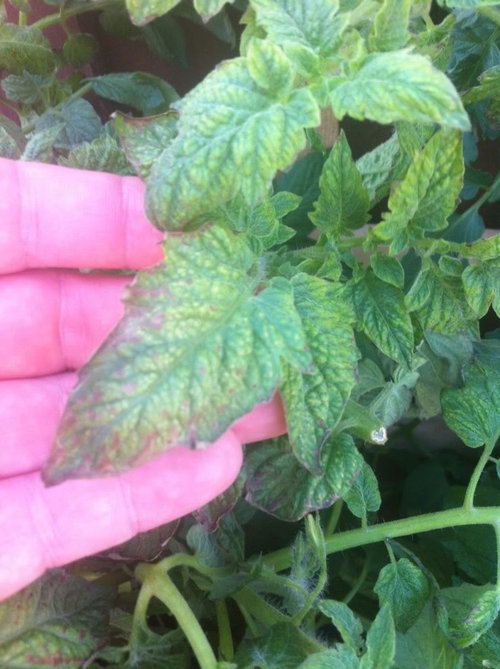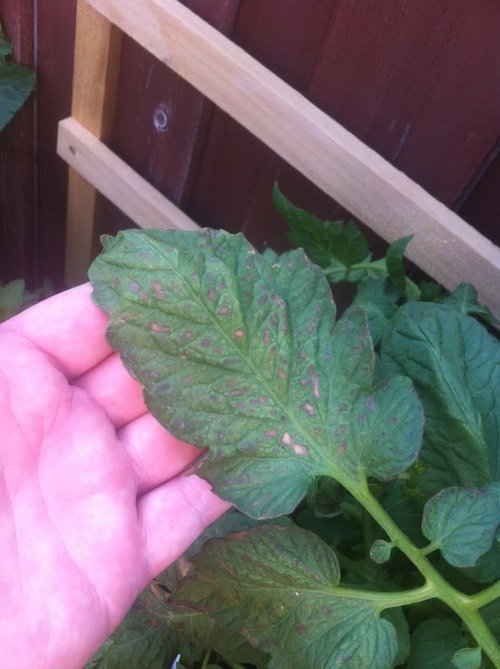Sick Hydoponic Tomatoes
apichot
12 years ago
Related Stories

LIFE10 Feel-Better Things to Do on a Sick Day at Home
Nourish, pamper and heal yourself when a cold keeps you housebound, with these restorative ideas
Full Story
REGIONAL GARDEN GUIDESCalifornia Gardener's March Checklist
Give natives and tropicals a well-deserved spotlight — plus, discover an easy herb that keeps on giving
Full Story
GARDENING GUIDESCalifornia Gardener: What to Do in July
Active green thumb or not, top priorities for peak fruit and veggie season: watering, feeding, keeping up with growth
Full Story
FARM YOUR YARDHow to Grow Vegetables in Containers
Get glorious vegetables and fruits on your patio with a pro’s guidance — including his personal recipe for potting mix
Full Story
KITCHEN DESIGNHouzz Call: What’s Cooking in Your Kitchen?
Most of us turn to recipes, videos and culinary shows when we cook. Where do you set your cookbook, tablet or TV screen?
Full Story
MOST POPULAREasy Green: 23 Ways to Reduce Waste at Home
Pick from this plethora of earth-friendly ideas to send less to the landfill and keep more money in your pocket
Full Story
LIFEHow to Outsmart Backyard Critters
Learn to think like a raccoon, skunk or squirrel to keep your home safe and your garden intact
Full Story
ENTERTAININGHouzz Guide: How to Set a Table
Here’s everything you need to know to prep your table for a get-together
Full Story
FUN HOUZZDon’t Be a Stickybeak — and Other Home-Related Lingo From Abroad
Need to hire a contractor or buy a certain piece of furniture in the U.K. or Australia? Keep this guide at hand
Full Story
FUN HOUZZ10 Things People Really Don’t Want in Their Homes
No love lost over fluorescent lights? No shocker there. But some of these other hated items may surprise you
Full Story











luvahydrangea
8Planets
Related Professionals
Citrus Heights Landscape Architects & Landscape Designers · Baltimore Landscape Architects & Landscape Designers · Rossville Landscape Architects & Landscape Designers · Berkeley Heights Landscape Contractors · Chelmsford Landscape Contractors · Cicero Landscape Contractors · Fridley Landscape Contractors · Garland Landscape Contractors · Holland Landscape Contractors · Longmont Landscape Contractors · Ringwood Landscape Contractors · Rockwall Landscape Contractors · Tuscaloosa Landscape Contractors · Raytown Landscape Contractors · Malibu Outdoor Lighting & Audio Visual SystemsOutdoor_Hydro
8Planets
Outdoor_Hydro
willardb3
lukes52
homehydro
cole_robbie
rebelhead
garland_home
sphinsa
jamesvlad
TheMasterGardener1
ethnobotany
TheMasterGardener1
ethnobotany